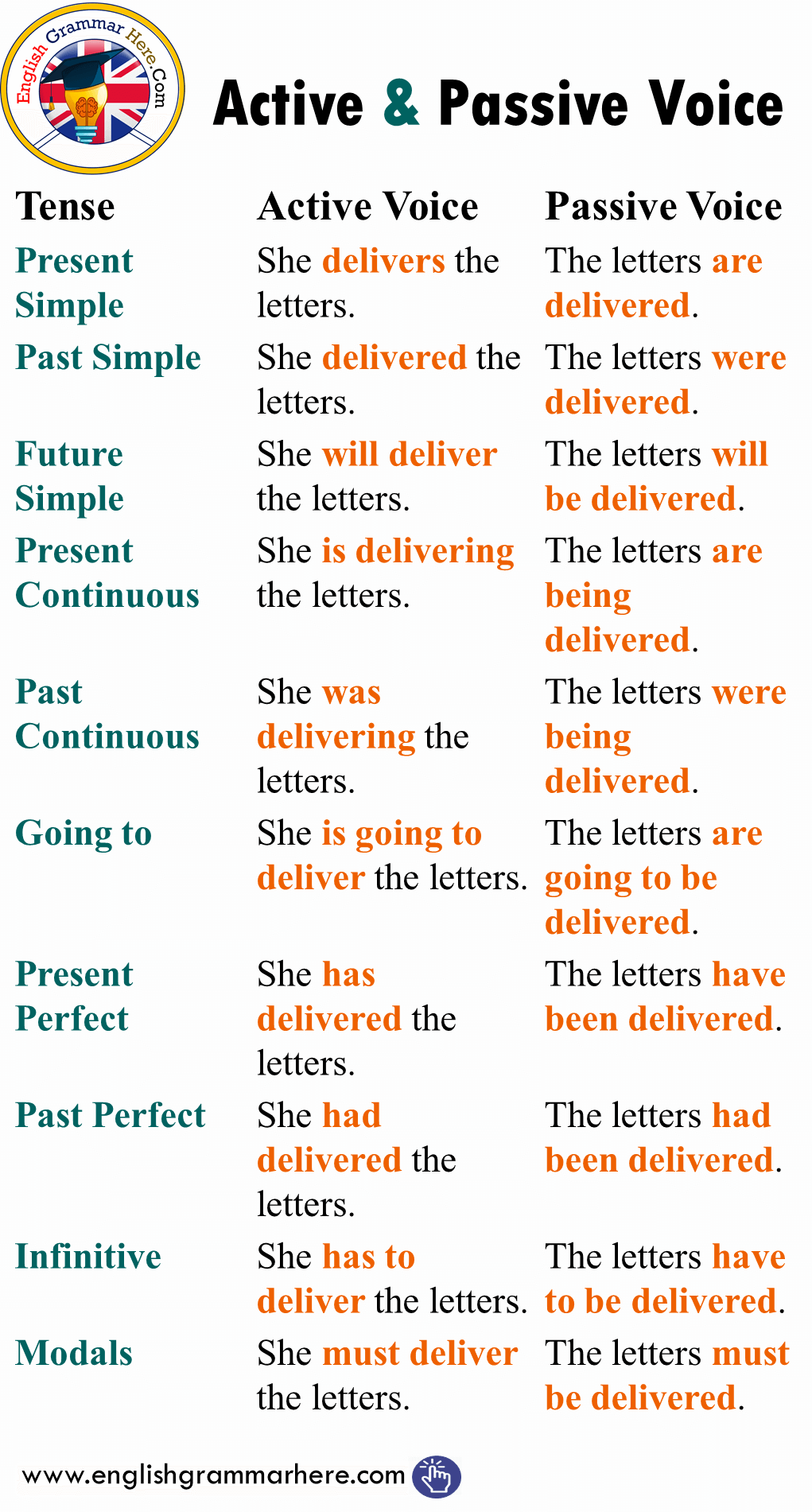Understanding the difference between active and passive voice is essential in writing clear and concise sentences. Active voice emphasizes the doer of the action, while passive voice emphasizes the receiver of the action. Both have their uses in writing, but it is important to know when to use each.
Active voice is generally more direct and preferred in most cases as it makes the sentence more engaging and easier to understand. In contrast, passive voice can be useful in situations where the focus is on the receiver of the action rather than the doer.
Examples of Active and Passive Voice
1. Active Voice: The teacher praised the students for their hard work.
2. Passive Voice: The students were praised by the teacher for their hard work.
In the active voice example, the focus is on the teacher who is performing the action of praising. In the passive voice example, the focus shifts to the students who are receiving the praise. Both sentences convey the same message but in a slightly different way.
3. Active Voice: The company launched a new product last week.
4. Passive Voice: A new product was launched by the company last week.
Again, in the active voice example, the emphasis is on the company taking action by launching a new product. In the passive voice example, the focus is on the new product being launched by the company. The choice between active and passive voice depends on the context and the intended emphasis in the sentence.
5. Active Voice: The chef cooked a delicious meal for the guests.
6. Passive Voice: A delicious meal was cooked for the guests by the chef.
Active voice is often preferred in writing as it is more straightforward and engaging. However, there are instances where passive voice can be more appropriate, such as when the doer of the action is unknown or less important than the receiver of the action.
In conclusion, understanding when to use active and passive voice is crucial in effective writing. Both have their strengths and weaknesses, and choosing the right voice can greatly impact the clarity and effectiveness of your sentences. By practicing and recognizing examples of each, you can improve your writing skills and convey your message more effectively.
